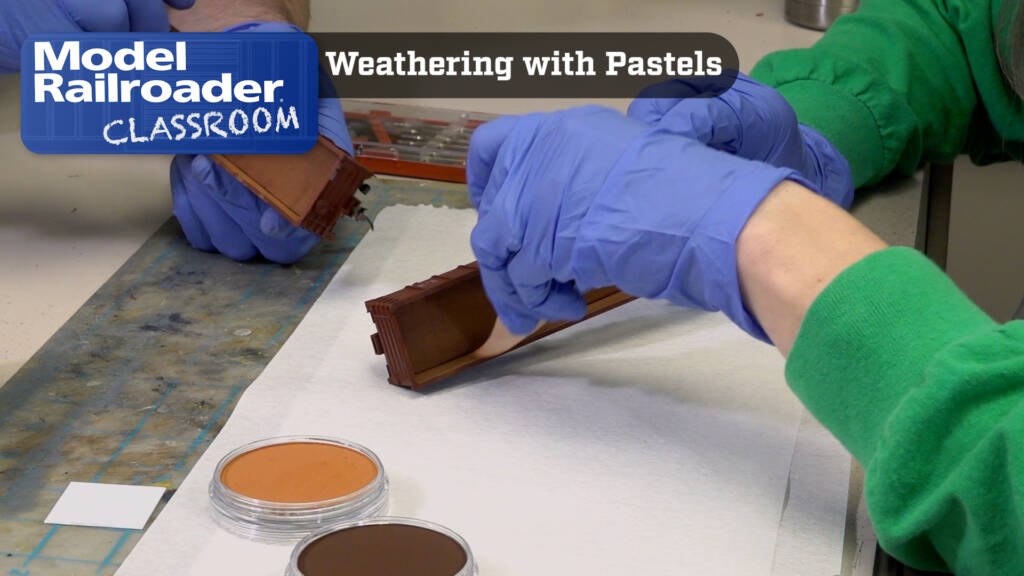
Freight Car Class: Lesson 3, Weathering with Pastels | Transform pristine products into well-weathered, prototypical models using various powdered pastel techniques! In this segment of the freight car series, you’ll learn how to apply powdered pastels with brushes, makeup applicators, and artist sponges to simulate realistic rust. Discover how to use two shades of rust pastel […]
Read More…

Dive back into the Olympia & Sand Creek On30 logging layout project with host David Popp! The resin water David poured in the previous episode has dried, but he hit a snag – a hazy surface on one section! David shares a fix for restoring the crystal-clear view and reveal the details (like those planted […]
Read More…
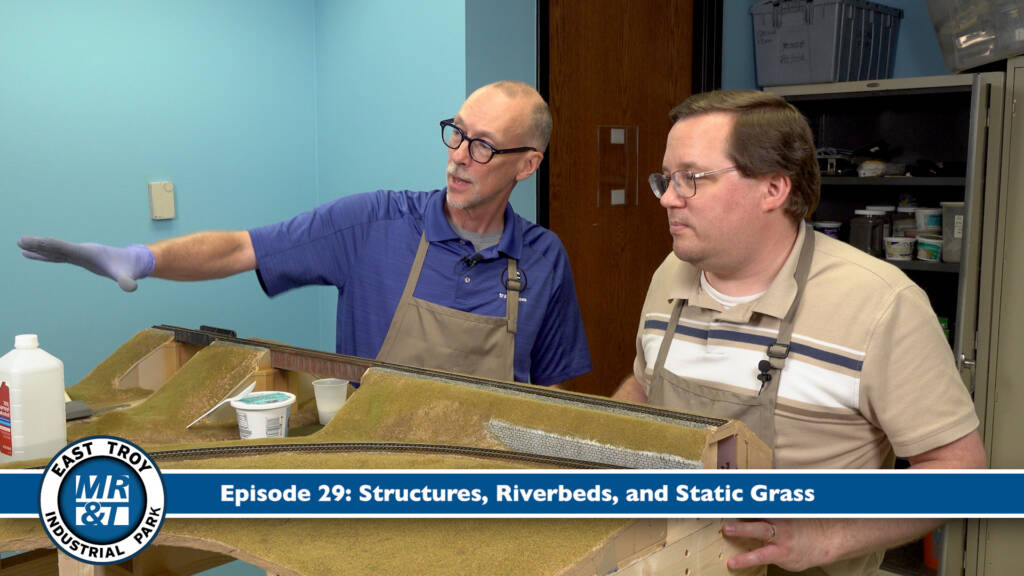
Welcome back to the East Troy Industrial Park Project – This episode is a scenic smorgasbord! Starting with the final touches on the weathered HO scale (1:87.1) bridge, you’ll learn the technique for affixing Monroe Models pastel weathering. Then, see how to populate the farm scene with cast-off details, like rusty barrels and a truck, […]
Read More…
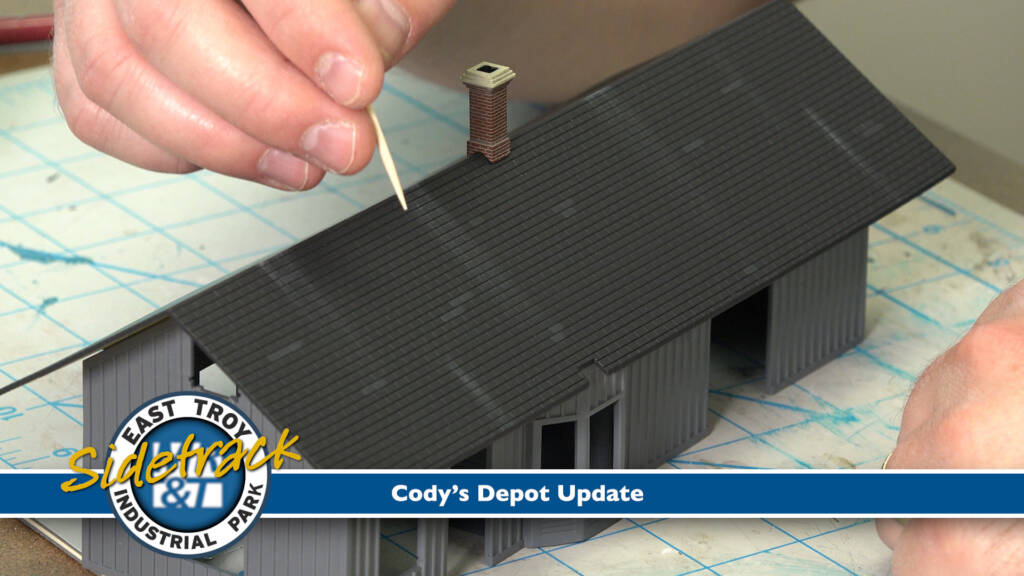
Join Cody Grivno for the latest Sidetrack Series departure, as he dives into the detail work on his HO scale (1:87.1) depot structure roof and chimney! See how he uses paints to create realistic shingle highlights and weathering streaks. Then learn a handy trick for filling the gap between plastic parts. Cody also shares the […]
Read More…
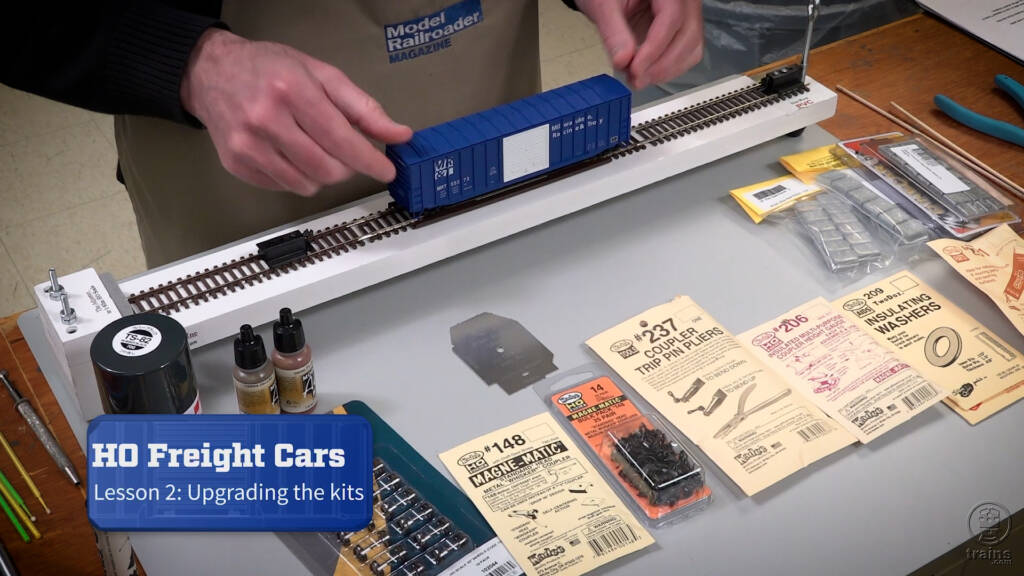
Freight Car Class: Lesson 2, Upgrading Kits for Better Operation | In this lesson, David shares essential steps for upgrading your model’s operation and realism. First, you’ll learn how to use the NMRA recommended practice (ARP 20.1) to calculate the target weight for your car, and how to install a peel-and-stick weight to achieve that […]
Read More…
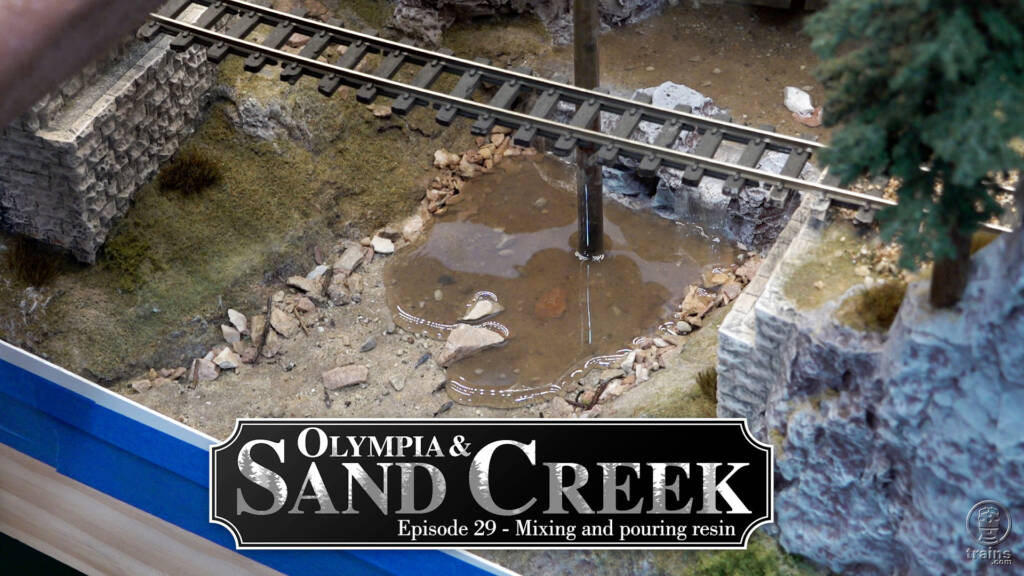
With the waterfall effects installed and cured, host David Popp is now ready to pour the Woodland Scenics Deep Pour Water (murky variety) on the Olympia & Sand Creek On30 logging layout! He shares how to add a splash of detail to scene, using Miniprints fish and fowl, plus a figure of a former Model Railroader […]
Read More…
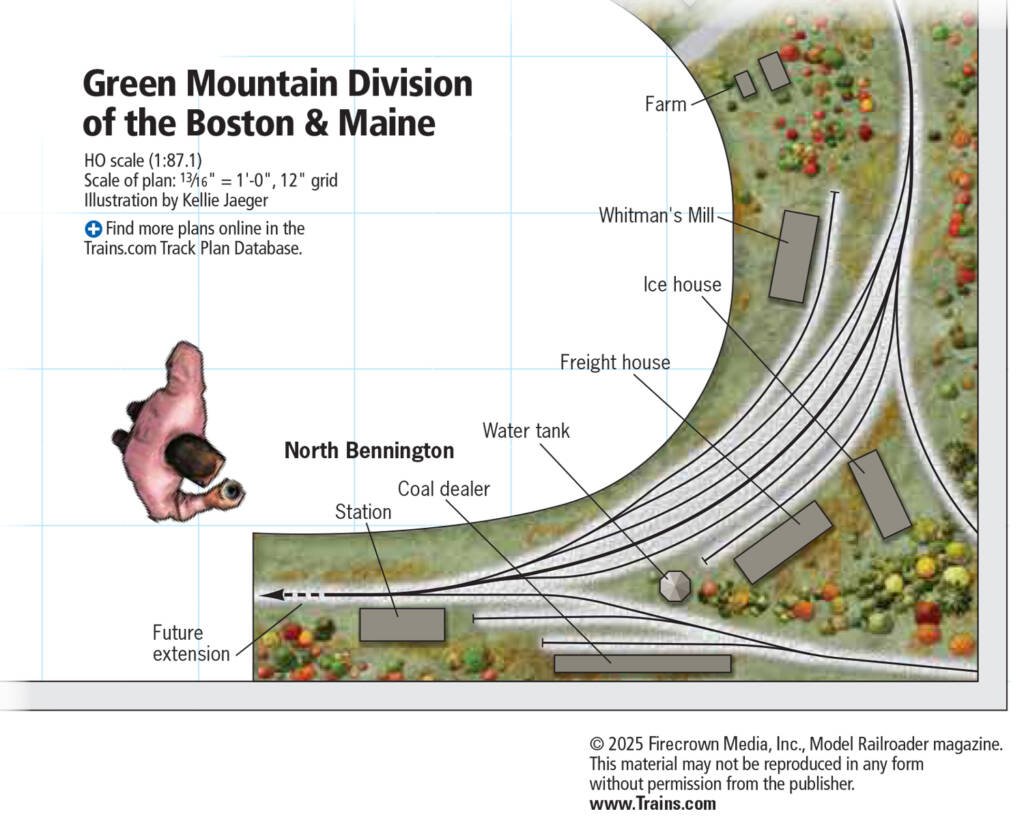
Facts and features Name: Green Mountain Division of the Boston & MaineScale: HO (1:87.1)Size: 12′-8″ x 20′-0″ plus 12′-0″ x 30′-0″ additionPrototype: Boston & Maine, Central Vermont, and RutlandLocale: VermontEra: 1950 to 1958Style: Around the wallsMainline run: 120 feet (original), 70 feet (extension)Minimum radius: 28″Minimum turnout: Hand built to fit, most no. 6 with no.4 […]
Read More…
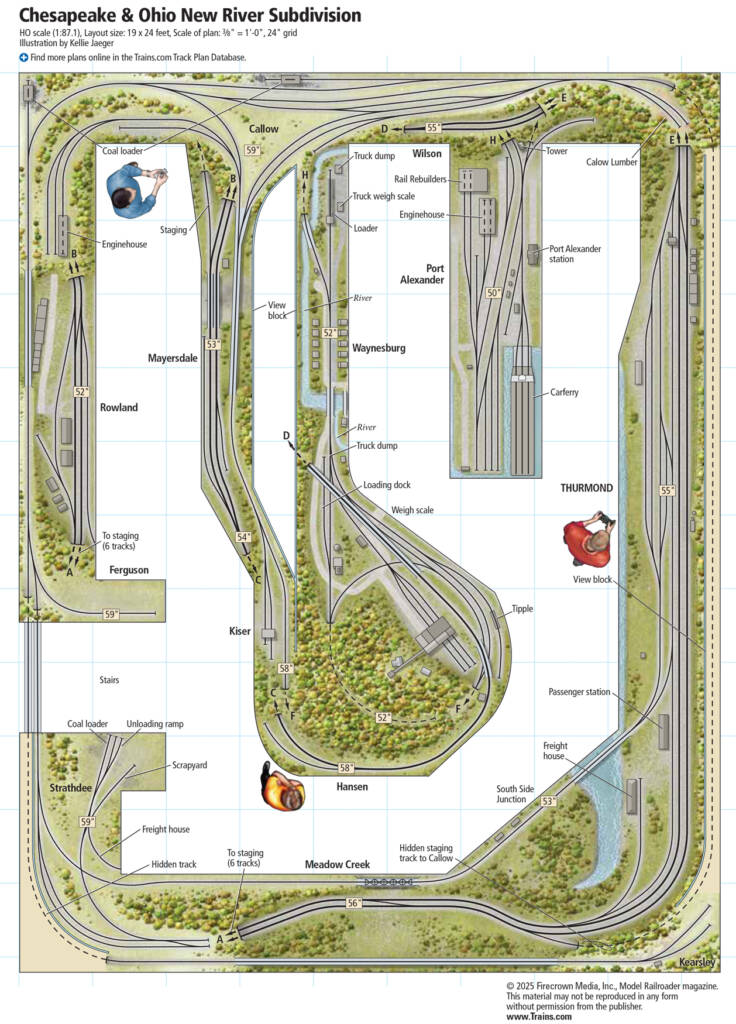
Facts and features Name: Chesapeake & Ohio New River Subdivision Scale: HO (1:87.1) Size: 19 x 24 feet Prototype: C&O New River Gorge and coal mine area Locale: Thurmond, W.Va. Era: 1957 Style: walk-in Mainline run: 102 feet Minimum radius: 30″ (24″ in Waynes-burg Mine wye) Minimum turnout: No. 6 Maximum grade: 1∕8″ per foot […]
Read More…
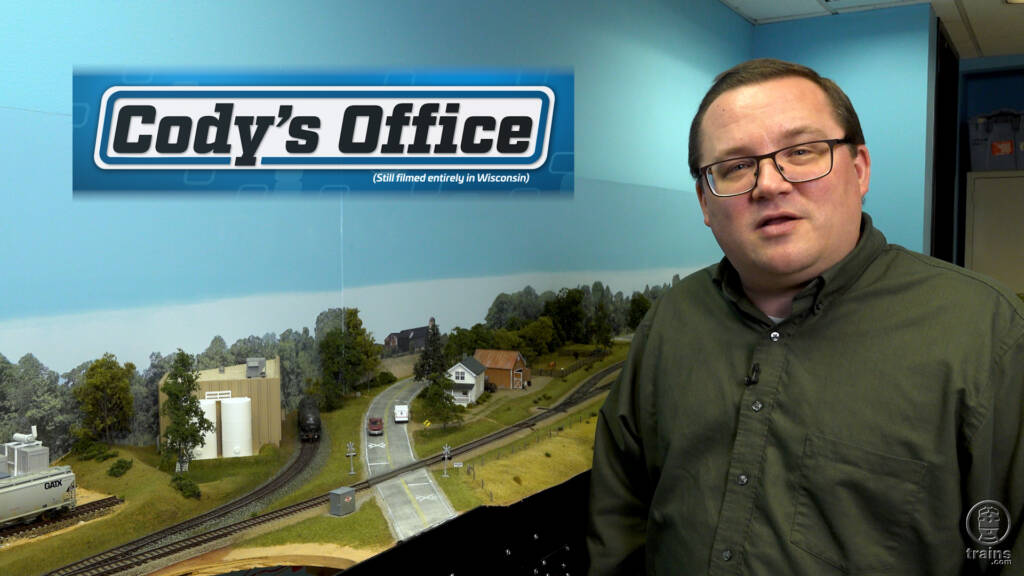
This month’s episode of Cody’s Office is packed with three new products, a helpful modeling tip, and answers to your viewer mail questions. Cody showcases some great new products, including the HO scale Proto series scale test car from Walthers, the N scale Santa Fe mechanical refrigerator car from Rapido Trains, and the HO scale Electro-Motive […]
Read More…
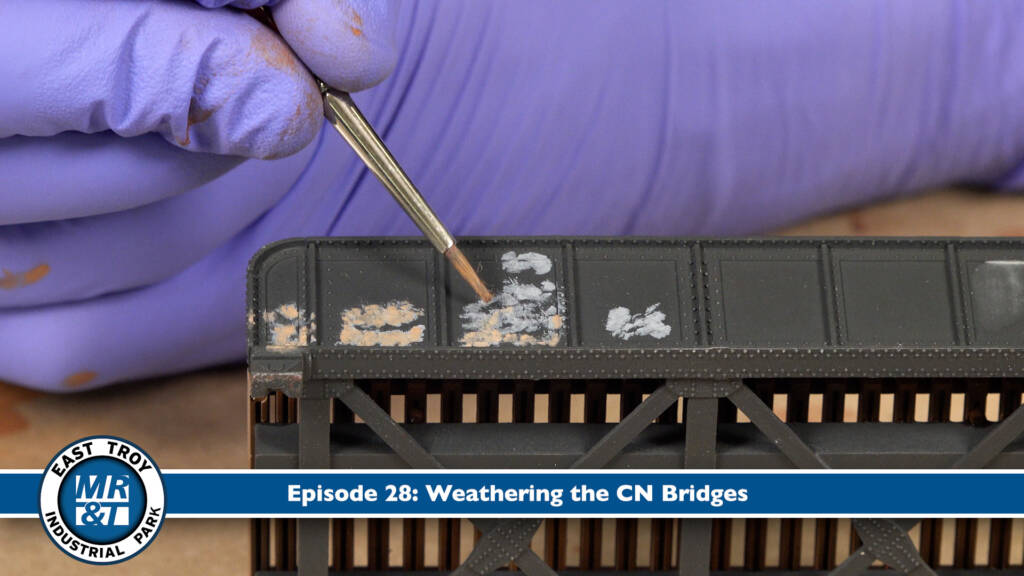
Time to distress some steel! Follow along as David demonstrate two essential bridge weathering techniques on the HO scale (1:87.1) ETIP project layout, from heavy all-over rust using Monroe Models washes to creating the effect of faded, blistered paint with Vallejo Paints. Get the pro tips on permanent installation and finish details along the authentic […]
Read More…

The guys focus on adding the depot platform and a farm field to theHO scale (1:87.1)East Troy Industrial project layout. David selects a diluted gray stain for the depot platform, and then demonstrates how to correct a scenery mistake. Cody works on the hayfield, sharing his intriguing technique for modeling windrows with yarn, and then […]
Read More…
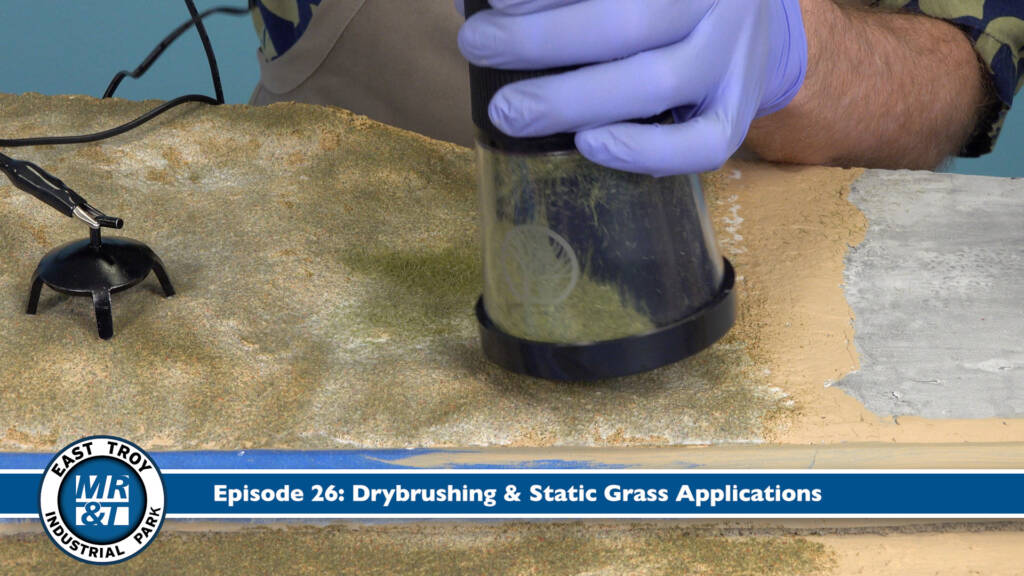
In this episode of the HO scale (1:87.1) East Troy Industrial Park project layout, Cody finishes the foundation retaining wall by adding drybrushed weathering effects. Meanwhile, David shares his techniques for applying tall grass on the embankments, using static grass and coarse turf materials. Be sure to keep up with the construction progress by linking into […]
Read More…












